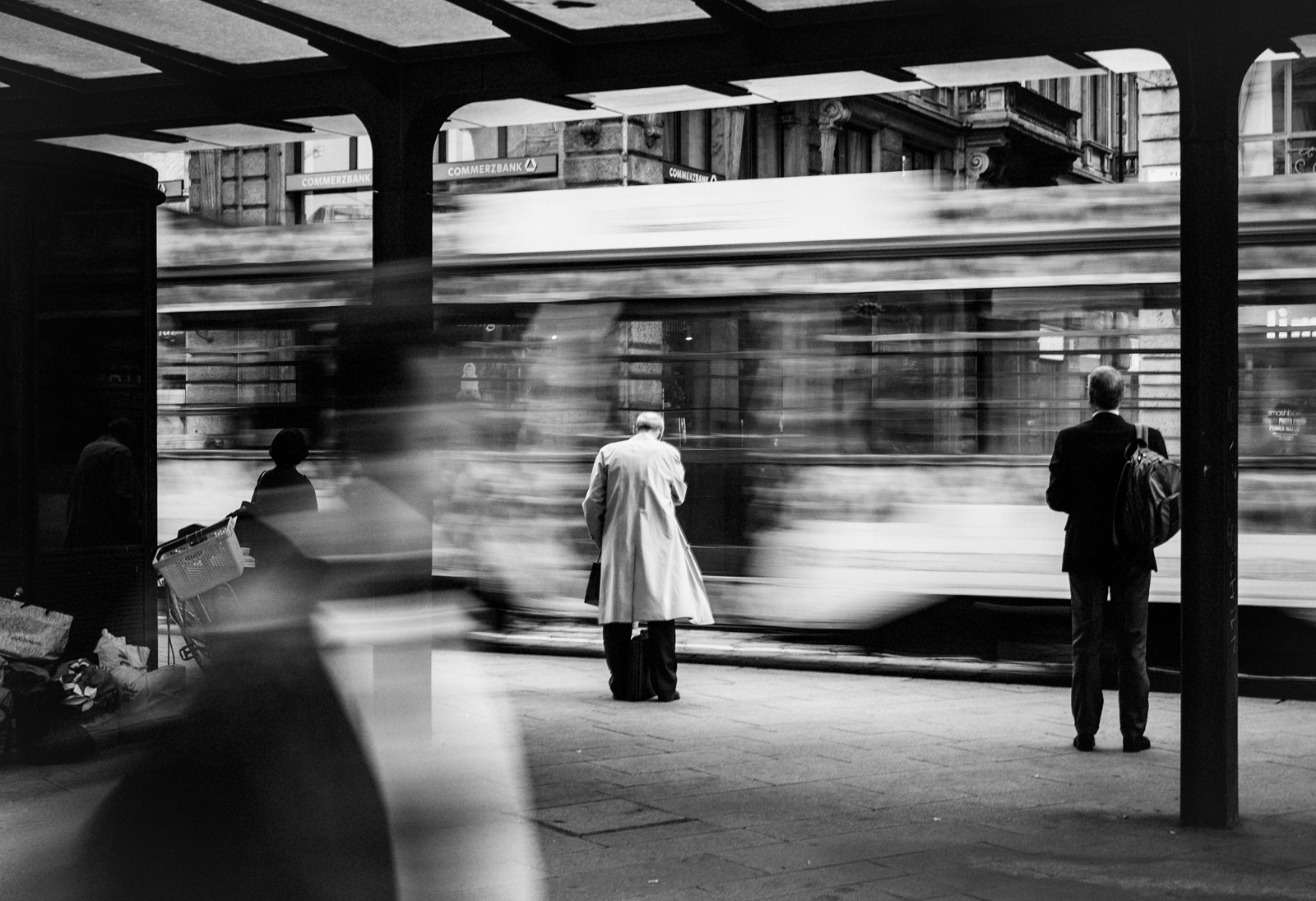The Of Framing Streets
How Framing Streets can Save You Time, Stress, and Money.
Table of ContentsThe Basic Principles Of Framing Streets The Only Guide to Framing StreetsAll About Framing StreetsRumored Buzz on Framing StreetsRumored Buzz on Framing StreetsThe Framing Streets PDFs
Photography category "Crufts Dog Show 1968" by Tony Ray-Jones Road photography (likewise sometimes called candid photography) is photography carried out for art or query that includes unmediated opportunity encounters and random events within public locations, generally with the objective of catching photos at a definitive or emotional minute by careful framework and timing. 
, that was motivated to embark on a comparable documents of New York City. As the city developed, Atget helped to promote Parisian streets as a worthwhile subject for digital photography.

The smart Trick of Framing Streets That Nobody is Talking About
Martin is the very first recorded professional photographer to do so in London with a masked video camera. Mass-Observation was a social research study organisation started in 1937 which intended to record everyday life in Britain and to tape-record the reactions of the 'man-in-the-street' to King Edward VIII's abdication in 1936 to marry divorce Wallis Simpson, and the succession of George VI. The principal Mass-Observationists were anthropologist Tom Harrisson in Bolton and poet Charles Madge in London, and their initial record was generated as the publication "May the Twelfth: Mass-Observation Day-Surveys 1937 by over 2 hundred observers" [] Window cleaner at Kottbusser Tor, Berlin, by Elsa Thiemann c. 1946 The post-war French Humanist School professional photographers discovered their topics on the street or in the bistro. Andre Kertesz.'s commonly appreciated Images la Sauvette (1952) (the English-language version was titled The Crucial Moment) promoted the idea of taking an image at what he called the "crucial moment"; "when kind and content, vision and make-up merged into a transcendent whole" - photography presets.
What Does Framing Streets Mean?
The recording machine was 'a covert cam', a 35 mm Contax hidden under his coat, that was 'strapped to the breast and attached to a lengthy cord strung down the right sleeve'. Nevertheless, his work had little contemporary effect as because of view it Evans' level of sensitivities concerning the creativity of his project and the privacy of his subjects, it was not published until 1966, in the book Lots of Are Called, with an intro created by James Agee in 1940.
Helen Levitt, then an instructor of children, associated with Evans in 193839. She recorded the transitory chalk illustrations - copyright Camera that became part of children's road society in New York at the time, along with the kids who made them. In July 1939, Mo, MA's brand-new digital photography section included Levitt's operate in its inaugural eventRobert Frank's 1958 publication,, was significant; raw and typically out of focus, Frank's photos questioned conventional photography of the time, "tested all the official rules set by Henri Cartier-Bresson and Pedestrian Evans" and "contradicted the wholesome pictorialism and genuine photojournalism of American magazines like LIFE and Time".